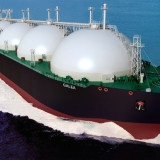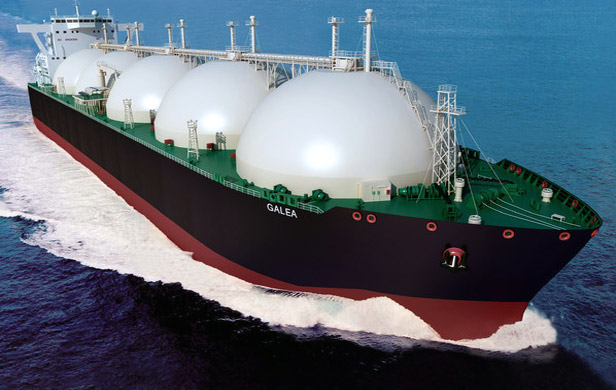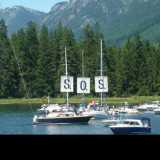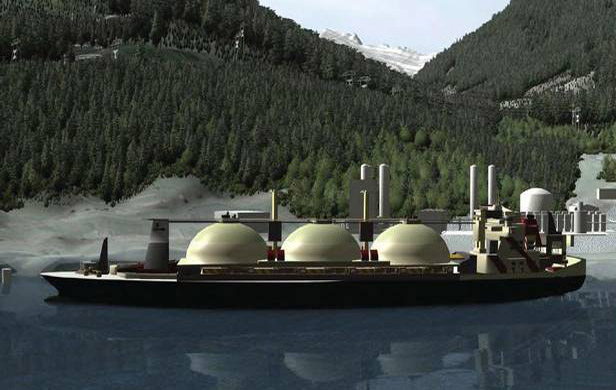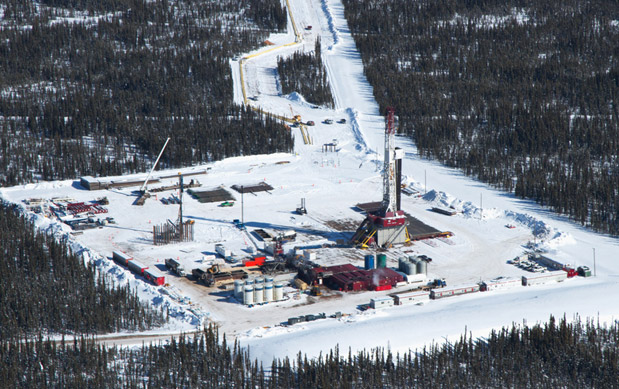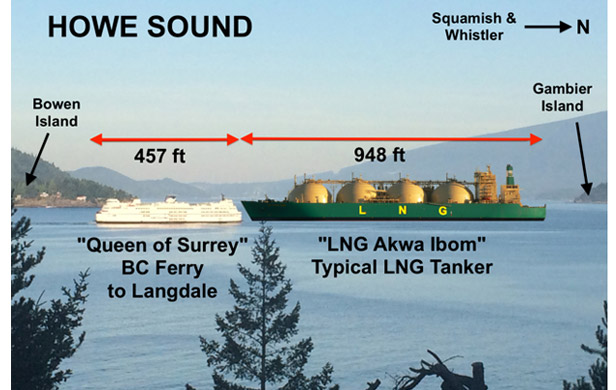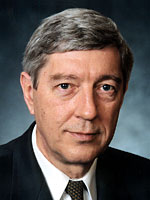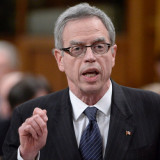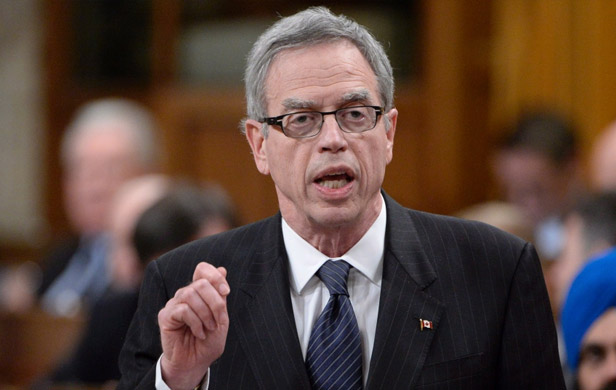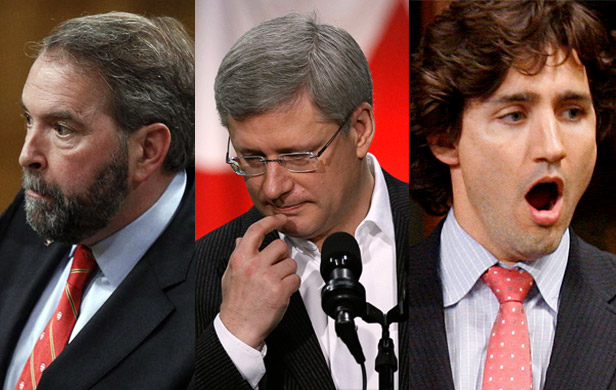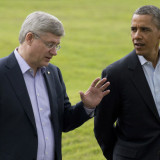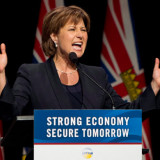“Oh, what a tangled web we weave…when first we practice to deceive.”
― Sir Walter Scott
One Stewart Muir is the executive director of Resource Works, an elite organization formed to tout Woodfibre LNG. Muir was once the business editor and deputy managing editor of the Vancouver Sun, thus the quote from Sir Walter Scott seems manifestly appropriate.
Muir is responsible for a work of fiction called A Citizen’s Guide to LNG, which I dealt with in two recent columns when I asked some pointed questions about the deceptive, indeed untrue, statements and inferences contained therein. Instead of getting a response, Resource Works, under Muir’s signature, delivered an ad hominem attack on those who are fighting Woodfibre, as follows:
[quote]…the anti-resource movement has executed a textbook campaign to create public fear based on false information and wild exaggeration about what it means to export natural gas from BC.
Those who are constrained by professional codes of behaviour have looked on in dismay as deliberately misleading statements have met with public credulity.[/quote]
What vacuous, flatulent, pomposity this is! Perhaps since Resource Works has so much money to spend, they’ll put out another screed outlining the professional code of behaviour that binds editors of newspapers. This shouldn’t be too expensive – a couple of hazy words of mumbo jumbo ought to suffice.
Science manipulated to paint false picture of safety
I am going to return to the questions I raised in past columns, but first let me bring readers some news they will find impossible to believe!
Here is what I wrote March 15 last:
[quote]They (Resource Works) concede that if tankers go too close to the shore, there could be a problem. However, they assure us there is no problem because they spoke to Dr. Mike Hightower, of Sandia Laboratories in New Mexico, a world acknowledged expert on the subject, who’s developed a protocol accepted by US authorities for the distances ships must maintain between themselves and the shore.
Resource Works has produced a number of videos…In all of them the interviewer is an attractive young lady named Meena Mann…In one of them…Dr. Hightower appears to talk to Ms. Mann about LNG and tankers, and you would likely conclude that there is very little danger, if any, posed by LNG tankers in Howe Sound.[/quote]
Here is what Sandia has reported, based upon Dr. Hightower’s work:
[quote]Sandia National Laboratories defines for the US Department of Energy three Hazard Zones (also called “Zones of Concern”) surrounding LNG carriers. The largest Zone is 2.2 miles/3,500 meters around the vessel, indicating that LNG ports and tankers must be located at least that distance from civilians.[/quote]
Thanks to Dr. Eoin Finn and Cmdr. Roger Sweeny (RCN Ret.), we learned that, contrary to the misrepresentation by Resource Works, Dr. Hightower’s formula in fact made Howe Sound totally inappropriate as a route for LNG tankers.
Woodfibre changes course with tanker route
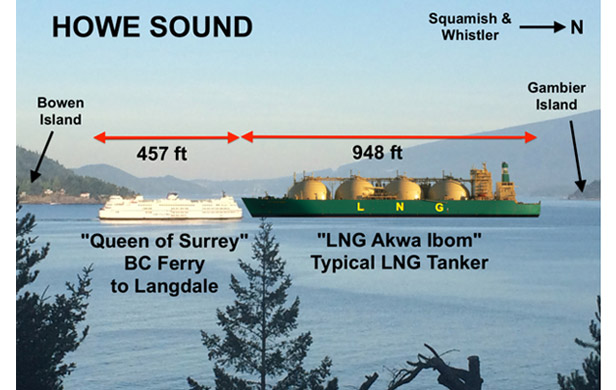
Well, folks, upon learning that their booster friends had been flat caught out, on orders from the president, Woodfibre LNG panicked and held an emergency meeting on March 21 to examine the sudden, awkward tanker route question raised here in The Common Sense Canadian.
Now I pause here to observe that Mair’s Axiom I – namely, “You make a serious mistake assuming people in charge know what the hell they are doing” – is amply demonstrated by what ensued. Out of the blue, Woodfibre’s brass hastily called a Saturday emergency meeting to find a new route, after months and months of selling their proposed tanker traffic route as absolutely safe!
On a map, Gelotti (Woodfibre LNG President) showed two possible tanker routes. Route (A) (the current planned route) would go from the Woodfibre plant straight down the east sides of Gambier and Bowen and then into the Salish Sea. On Route (B) tankers could travel through the passage between Gambier Island and Howe Sound Pulp and Paper, pass the Langdale terminal, go by the north end of Keats up the east side of Keats (between Keats and Bowen) and then into the Salish Sea.
If the tankers travel on route (A), the tankers intersect with three ferry routes: Langdale-Horseshoe Bay, Horseshoe Bay-Bowen Island and Horseshoe Bay-Departure Bay. On route (B), they intersect with the Langdale ferry and the Vancouver Island one.
Fortunately, we have the resources to deal with astonishing flip flops and we turned Woodfibre’s “back of the envelope” “Plan B” over to Commander Sweeny (Certificate of Service as Master Foreign Going, Qualified Master Home Trade, Commander, Royal Canadian Navy (Ret.), 3rd Generation BC Coaster and longtime owner of Mickey Island in West Howe Sound). He was nothing if not straight to the point:
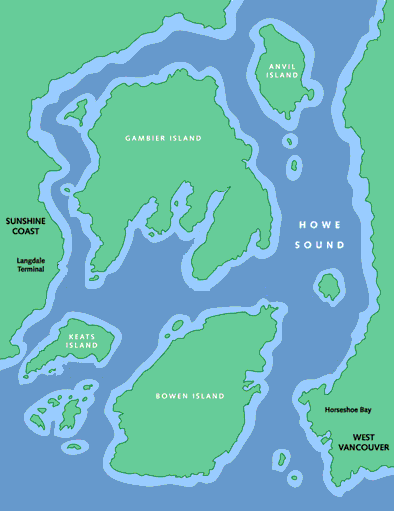 THIS IS ASTOUNDING, if not laughable! Anthony Gelotti plainly knows NOTHING about Howe Sound.
THIS IS ASTOUNDING, if not laughable! Anthony Gelotti plainly knows NOTHING about Howe Sound.
Take a look at Thornborough Channel down the West side of Gambier: getting into it around the north side of Anvil is tricky enough; thereafter many tight turns, and, south of Port Mellon, the channel is scarcely more than 1500 m wide on average,…ie tanker could never be more than max 800 m from shore, so 3500 m minimum safety circle would overlap just about everybody. And then, of course, East and south around Keats and into Barfleur heading Westwards (or Collingwood Southbound) to the Gulf, each of which narrow to 1500m, in one or more places ,so the Pasley Island group gets fully covered either way. Only a certified numbskull would suggest option B.
In fact, route B would not interfere with Departure Bay ferry traffic.
No Ferry schedule disruptions? Just a howling crowd of really, REALLY annoyed Langdale passengers!
A steering failure almost anywhere in Thornborough Channel could mean collision with granite cliff.
Gelotti’s dangerously simplistic pronouncements and the Fortis expansion plans terrify me.
Mr Muir, the public waits with bated breath for your reaction.
(As to Mair’s Axiom, I Q.E.D.)
Doctored interview
Now some questions to Mr. Muir, who claims he’s bound by professional codes of behaviour.
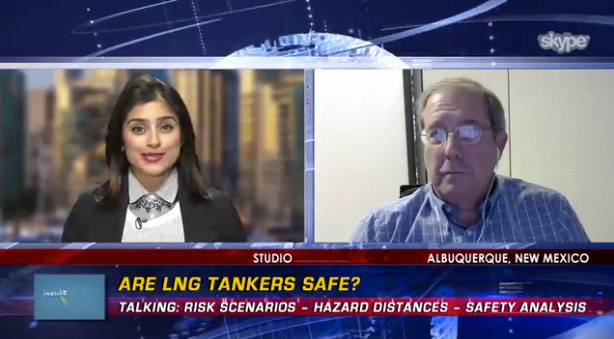
What about the alleged interview by Meena Mann of Dr. Michael Hightower, which I dealt with on March 15?
When Dr. Eoin Finn, a former KPMG partner and chemistry PhD, took the time to phone Dr. Hightower because the interview didn’t look quite right, it transpired that it wasn’t conducted by Meena Mann at all but by a male!
Were the questions changed when Ms. Mann did her fake interview? Were Dr. Hightower’s answers altered? This sort of shabby journalism is bound to raise doubts like this. What we do know is that contrary to Resource Works’ misrepresentation that Woodfibre’s LNG tanker traffic route (before Plan B, of course) was safe in Howe Sound, given the facts presented by Dr. Finn, Dr. Hightower came to exactly the opposite conclusion.
Clearly, Resource Works is guilty of grossly inappropriate journalistic behaviour. Even if Miss Mann asked precisely the same questions the real interviewer did, there are different inflections in the voice, no doubt, and her body language during the interview was, to say the least, descriptive of her feelings. What say you, Mr. Muir?
Judge misrepresented
Then, the most egregiously inappropriate journalistic behaviour of all – Resources Works altered and misstated the words of a Supreme Court judge to make themselves look good. Here’s what I said on March 15, to which I and Common Sense Canadian readers would appreciate an answer: ”
[quote]Resource Works, in reporting the judgment in the Wilderness Committee and Sierra Club v. Encana, quoting from page 47 of A Citizen’s Guide To LNG: Sea To Sky Country Edition – states:
“When a ruling came down in late 2014 it showed that the regulatory processes in place, and industry compliance with them, are sound and well managed.
In an overwhelming endorsement of current practices in water protection, Justice Fitzpatrick concluded that when it comes to the regulation of industries water usage, British Columbia is in good shape with a ‘justifiable transparent and intelligible framework for the regulation of short term water use.'”
This is bullshit! In fact, she did no such thing, as a reading of the judgment makes abundantly clear. She deliberately confined her decision to the interpretation of Section 8 only, stating plainly that she wasn’t going to deal with government or industry policy. The narrow issue was whether or not section 8 of the Water Act, which allows gas companies to get an endless number of water approvals back-to-back, was valid.
Only a practitioner of the black arts of Public Relations could read into Madam Justice Fitzpatrick’s judgment that she said “that the regulatory processes in place, and industry compliance with them, are sound and well managed”, or “when it comes to the regulation of industries water usage, British Columbia is in good shape”. She simply did not say this![/quote]
And Muir accuses us of “deliberately misleading statements”!
Tough questions face Resource Works
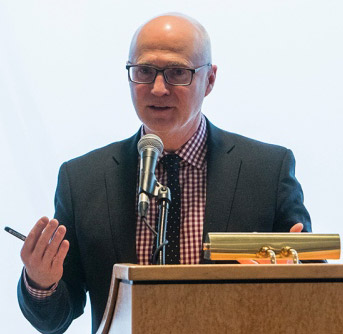
By the way, Mr. Muir, who is your public relations company?
Where do you get your funding, which must be considerable?
Do you get any funding from Woodfibre LNG?
Do you get any funding, directly or indirectly, from either senior government?
Do you have tax exemption status?
Having asked those questions, it’s only fair to tell you that the enormous and growing opposition to Woodfibre LNG in the Howe Sound community is funded by individuals only. In fact, we’re having a fundraiser on April 1 at Gleneagles Golf Club at 6 o’clock and we would love to see you and your open chequebook there.
Mr. Muir, you should know that we Howe Sounders and allies are resolved to win this fight and will use all the weapons at our disposal. You, your client company, and your captive governments can only keep the public under your heel for so long.
Harry Belafonte said it best: “Don’t turn your back on the masses, mon”.
